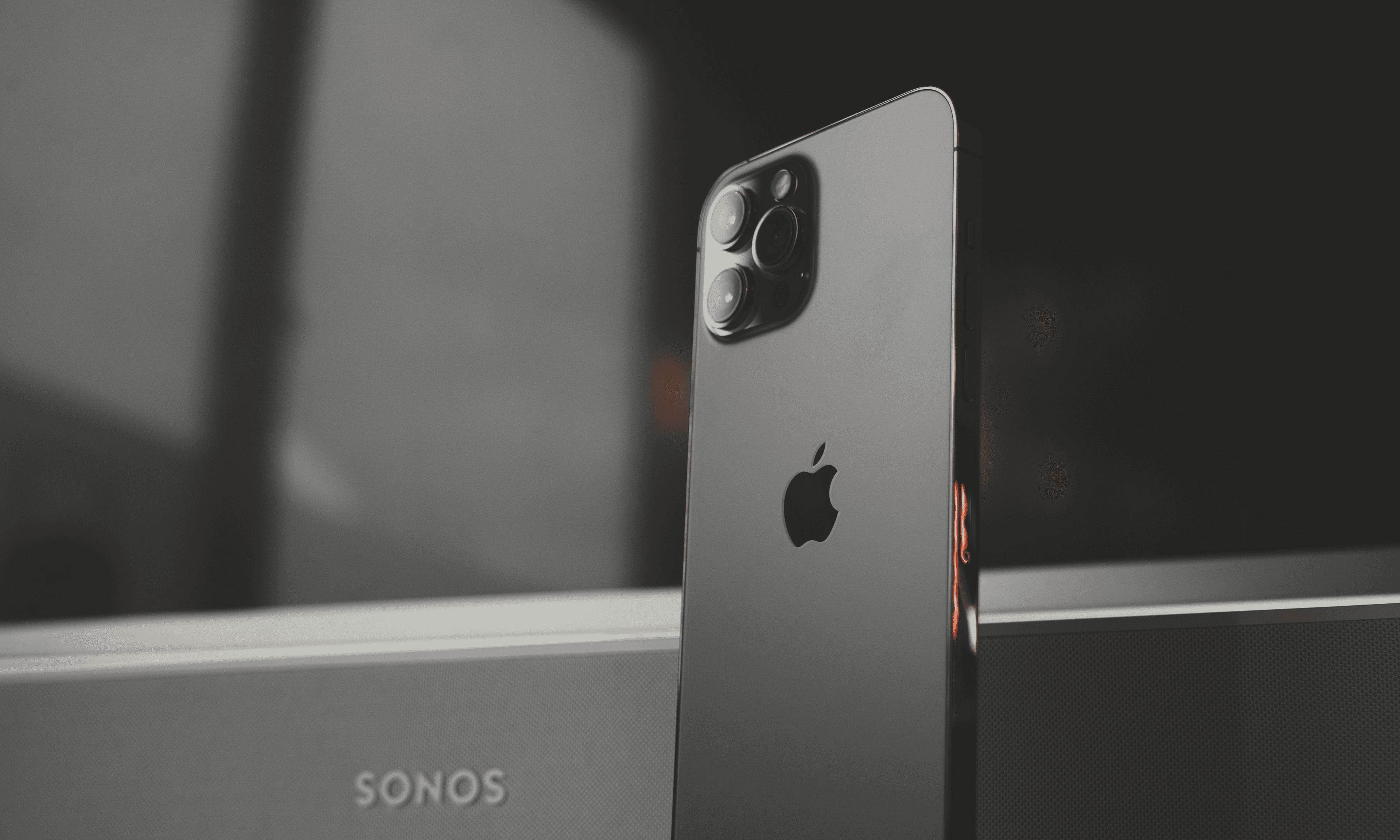From credit card to fingernail size, SIM cards have shrunk a lot and we're now eSIM cards era. Let’s find out more about the new breed of SIM cards.

Written by Antonia, Head of Marketing | Consumer Electronics and Money-Saving
Last updated on 17 December 2025

The smartphone industry is constantly changing, and manufacturers are looking at ways to free up space under the hood of their devices by removing headphone jacks, moving towards gesture-based interactions and making SIM cards smaller. Since the first SIM (Subscriber Identity Module) card was been created almost 30 years ago, they have shrunk a lot, from credit card to fingernail size, and we are entering the era of embedded SIM cards. Let’s dive into more details and find out about the new breed of SIM cards. Is this the future or a step back?
How Does An eSIM Work And What Is The Setup Process?
Traditional SIM Cards Versus eSIM: What Are The Benefits
Which UK Networks Offer eSIMs?
Let’s get this out of the way first. eSIM stands for an Embedded Subscriber Identity Module card (or eUICC Embedded Universal Integrated Circuit Card) and will eventually replace physical SIM cards that we currently use. Don’t worry, network providers are not going to inject these into our bodies like those sci-fi films suggest! Embedded SIM comes with a Machine to Machine installation which simply means that it is built into the circuits of your smartphone (tablet, smartwatch, fitness band etc.) and will provide Remote Provisioning capabilities, meaning that it will be activated and managed remotely.
Image: Infineon
Losing a SIM card has happened to many of us at least once. The basic solution would be to go to your network provider’s local store and request a new SIM which will take a few minutes to get activated. The only thing that happens during this activation period is the network provider connecting the SIM card to your account. Imagine though that instead of EE or O2 supplying you with a physical card, you would already have one integrated into your phone. This is where an eSIM comes into play.
What a SIM card actually does is allow your mobile network to identify your device and grant access to the network. Without a SIM card you can't be connected, so the core functionality of an eSIM will remain identical to the traditional SIM cards. It will receive a signal from your network provider which will allow you to make calls and send messages using your unique identifying number, browse the internet, and receive emails.
From a technical perspective, the GSMA standards require a carrier to have two servers within their network to enable eSIM subscriptions. These two servers work side by side and to simplify it, one of them works as a database where all network subscriptions (including authentication keys, the unique identification number and subscription data) are stored and can be downloaded from. The other server ensures a secure transfer of information between the database and the eSIM, the tiny chip soldered into your phone's motherboard. The combination of both servers makes the magic of an eSIM happen, allowing the user to securely download and manage subscriptions 'over-the-air'.
Since an eSIM is integrated into the phone during the manufacturing process, a physical SIM card can not be converted into an eSIM, however you can request SIM to eSIM swap with your existing carrier (if your carrier and phone support eSIMs) and keep your phone number and plan.
In order to set everything up, you need an eSIM-compatible phone. If you had an eSIM pack sent to you or you picked it up from a local store, activation can be done through your phone's settings by scanning a QR code followed by an activation code. After the activation process, you can buy eSIM plans from your carrier's app and add them to your phone's settings. If your phone is unlocked, you can combine eSIM plans from different eSIM supporting networks. Although, each eSIM-compatible phone is equipped with one chip that enables eSIM capabilities, multiple eSIM plans are supported and you can switch between them, however only one plan can act as the 'main' one at a time, meaning you will need to manually switch between your plans to use them.
Although nano SIM cards we are all familiar with are approximately 15% smaller than their predecessors, they still take up space and require a SIM tray, assembly and an ejector spring to facilitate the insertion. Moreover, a physical SIM tray allows for the penetration of water, so additional water resistance measures are a must, and everything comes at a cost. With an eSIM none of this will be required as it can be soldered directly on to the circuit board during manufacturing.
This tiny chip integrated into the device's motherboard is designed to make our lives a bit easier. Besides enabling more connected devices in the long-term, firstly, an eSIM can't be removed from a device as it is permanently embedded inside which will allow to save up more space inside the device, for bigger batteries for example. Secondly, you won't need to speak to a network representative and discuss the best SIM deals- with an eSIM everything can be done remotely. Thirdly, it will be more convenient and secure as the risk of theft will be minimised and losing an eSIM won't be possible. Last but not least, eSIMs will offer greater flexibility.
For instance, frequent travellers will be able to add short-term plans to their eSIMs and keep access to their main number. If your handset is unlocked, you will also be able to switch your network providers at home in a few taps should you spot a good deal. Moreover, we will be able to store multiple eSIMs on our phones, so the days of having dual SIM cards are numbered.
Although an eSIM sounds great on paper, there are still a few disadvantages. Similar to some phones arriving with certain apps pre-installed, network-exclusive devices might go the same route and have eSIMs pre-connected to a particular network. Embedded SIM cards will involve a change of mindset since we've got used to physically swapping SIM cards when we get a new phone. Some of us might be still storing contacts on a SIM card, so we will need to embrace cloud backups.
There are a few premium handsets that come with an eSIM inside including the latest Apple and Google devices. Before the full transition to eSIMs happens, handsets will offer dual SIM support, which means that they will have both an eSIM and a space for a traditional SIM card, meaning that you can enjoy the perks of an eSIM while still using the plastic SIM as a second number for work or any other needs you may have.
Google Pixel 4 XL.
As we mentioned earlier, to be able to offer eSIM services to their customers, network providers need to be compliant with certain standards and have the technology ready.
Currently, eSIM is supported by the following selected carriers in the UK:
The following networks do not currently offer eSIM plans, however, a few of them do have plans to launch them soon or at least look into it in the future.
UK carriers that do not support eSIMs:
It's important for networks to stay up to date and we can see that so many UK network providers have done just that. There are huge benefits in eSIMs as outlined in this blog ranging from convenience to money saving and it's clear that eSIMs will be the future of SIM cards in general.

The iPhone used to define innovation. Now every new model feels the same. Is Apple’s story running out of pages?

See which Apple, Samsung and Google phones hold their value best over the first and second year on the market.
With Pixels becoming a decent contender for your upgrade choice, we’ve crunched the numbers to reveal depreciation patterns of Google Pixel phones.